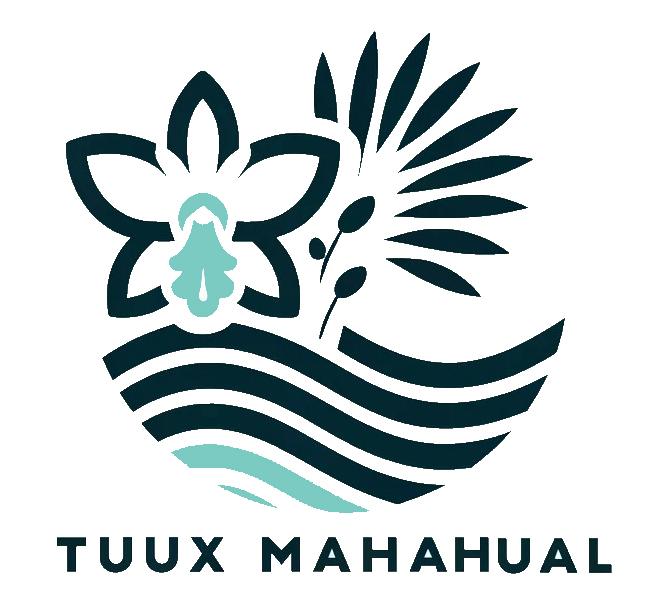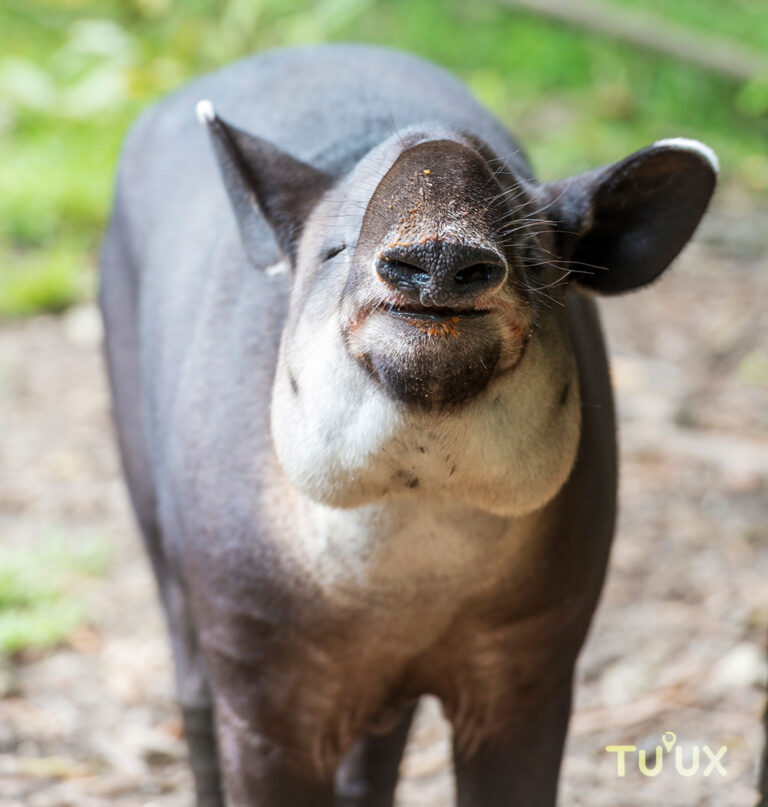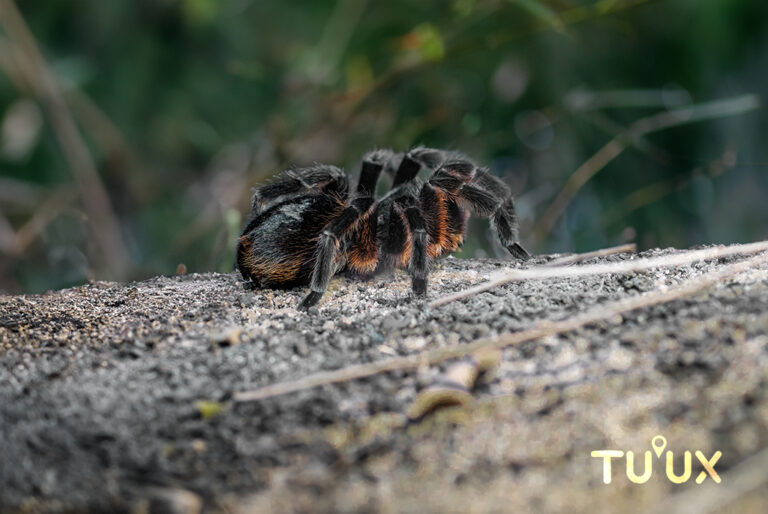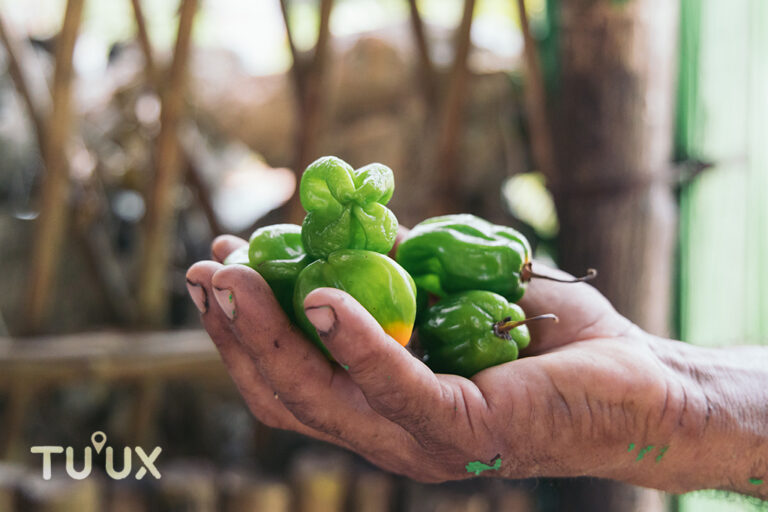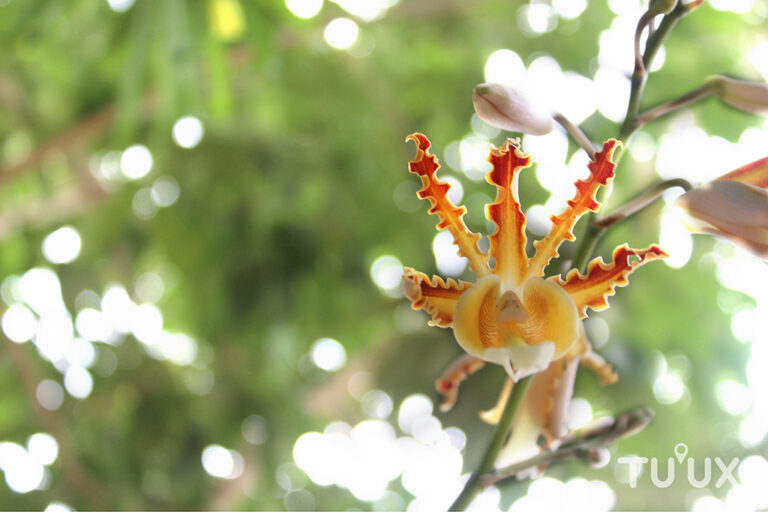LA CEIBA
🌱 La Ceiba: El Gigante Sagrado de la Selva
En el corazón de las selvas tropicales de América Latina se alza la ceiba (Ceiba pentandra), uno de los árboles más majestuosos y venerados del continente. Con alturas que pueden alcanzar hasta los 70 metros y una longevidad que se extiende por siglos, la ceiba no solo es un monumento natural imponente, sino también un símbolo profundamente enraizado en la cultura y la espiritualidad de diversos pueblos.
🌿 Un Árbol de Profundo Significado Cultural
Desde tiempos ancestrales, la ceiba ha ocupado un lugar central en la cosmovisión de las civilizaciones mesoamericanas, especialmente en la cultura maya. Conocida como Yaxché, era considerada el “Árbol de la Vida”, el eje sagrado que conectaba los tres niveles del universo:
- El inframundo (Xibalbá),
- El mundo terrenal,
- El cielo o mundo de los dioses.
Su presencia en plazas ceremoniales, templos y centros urbanos reafirmaba su importancia como símbolo de conexión, vida y renovación.
Más allá del mundo maya, en regiones como Cuba, Puerto Rico y República Dominicana, la ceiba sigue siendo venerada. Se le ofrecen rituales y ofrendas, considerándola una morada de espíritus protectores y un punto de energía espiritual.
🌳 Características Botánicas Excepcionales
La ceiba destaca no solo por su tamaño, sino también por sus fascinantes adaptaciones naturales:
- Raíces tabulares: Sus enormes contrafuertes le brindan estabilidad y, en la mitología maya, representan los canales que conectan la tierra con el inframundo.
- Tronco espinoso: Especialmente en ejemplares jóvenes, el tronco está cubierto de espinas cónicas que funcionan como defensa natural.
- Flores y frutos: Sus flores blanco-amarillentas atraen a los murciélagos polinizadores. Sus frutos liberan fibras de kapok, utilizadas históricamente como relleno para almohadas y chalecos salvavidas debido a su ligereza y resistencia al agua.
🐒 Un Pilar de la Biodiversidad
La ceiba no solo es un símbolo cultural, sino también un pilar ecológico fundamental:
- Hábitat y refugio: Su copa densa ofrece refugio a innumerables especies de aves, mamíferos, reptiles e insectos.
- Fuente de alimento: Sus flores y frutos alimentan a murciélagos, monos, ardillas, tucanes y otros animales esenciales para el ecosistema.
- Protección del suelo: Su extenso sistema radicular previene la erosión y enriquece la tierra circundante.
🌿 Usos Tradicionales y Valor Medicinal
Desde tiempos remotos, las comunidades indígenas han aprovechado las propiedades de la ceiba:
- Corteza: Utilizada en infusiones por sus propiedades analgésicas y antiinflamatorias.
- Semillas: Con efectos diuréticos reconocidos en la medicina tradicional.
- Raíces: Aplicadas en tratamientos naturales para inflamaciones y dolores articulares.
Además, su madera ligera ha sido históricamente empleada en la fabricación de canoas, muebles artesanales e instrumentos musicales.
🏙️ La Ceiba en el Paisaje Urbano y el Turismo
Hoy en día, muchas ciudades y sitios arqueológicos de México y Centroamérica han integrado la ceiba como parte de su patrimonio natural y cultural. Ejemplos destacados incluyen:
- Mérida, Yucatán: Donde la ceiba adorna parques y avenidas, sirviendo como símbolo de identidad local.
- Riviera Maya: En cenotes, reservas naturales y hoteles eco-amigables, la ceiba es respetada como símbolo de vida y sabiduría ancestral.
La presencia de la ceiba en estos lugares no solo embellece el paisaje, sino que también promueve el turismo sostenible y la conciencia ambiental.
⚡ Desafíos y Conservación
A pesar de su fortaleza, la ceiba enfrenta amenazas graves:
- Deforestación,
- Cambio climático,
- Expansión urbana no controlada.
Organizaciones ambientales y comunidades indígenas trabajan activamente en su protección a través de programas de reforestación, educación ambiental y la promoción de prácticas de turismo responsable.
📍 Lugares Emblemáticos para Admirar la Ceiba
Si deseas maravillarte ante un ejemplar de este majestuoso árbol, algunos de los mejores lugares para encontrarla son:
- Parque Central de Palenque, Chiapas.
- Mahahual, en la Costa Maya de Quintana Roo.
- Diversos pueblos y reservas de la Península de Yucatán.
Visitar una ceiba es una experiencia espiritual, un recordatorio vivo del profundo lazo entre la naturaleza y las culturas que la honran.
🌎 Reflexión Final
La ceiba es mucho más que un árbol: es historia viva, refugio natural y legado espiritual. Su imponente figura nos invita a reflexionar sobre la urgencia de proteger nuestra biodiversidad y honrar las tradiciones ancestrales que reconocen la profunda conexión entre la humanidad y la naturaleza.
Proteger a la ceiba es proteger nuestra memoria y nuestro futuro.
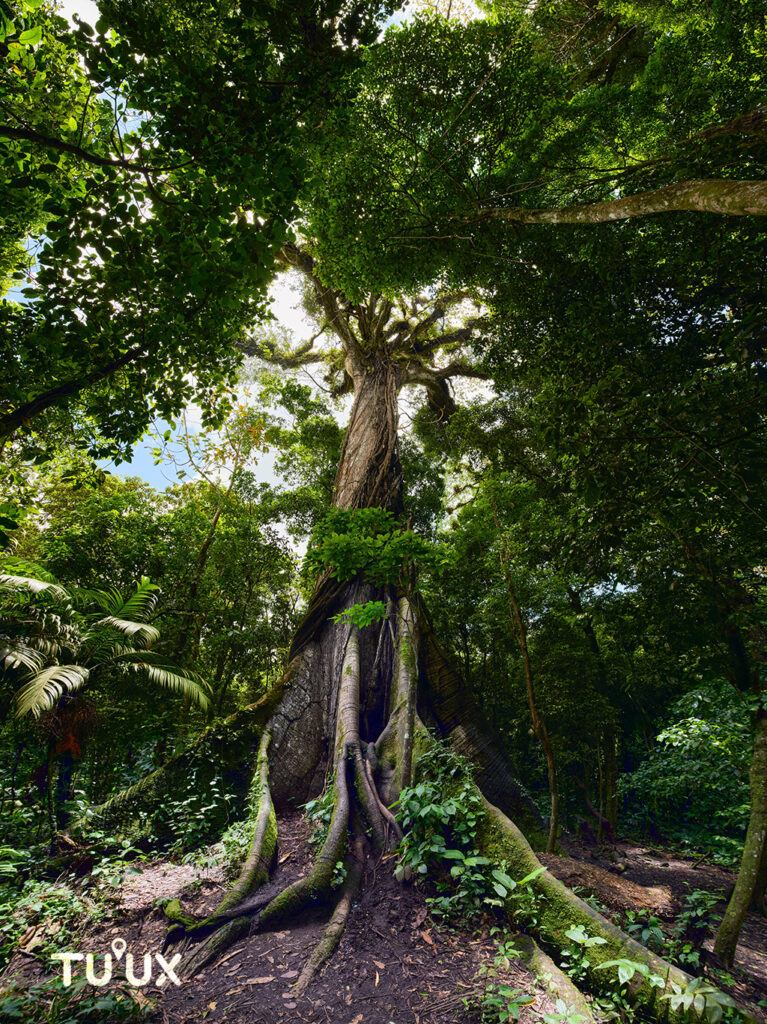

The Ceiba: Sacred Giant of the Jungle, Witness to History and Biodiversity
The ceiba (Ceiba pentandra) stands as one of America’s most majestic and symbolic trees, a true giant that has witnessed the passage of time and the flourishing of diverse cultures. Its imposing size, which can reach up to 70 meters in height, and its longevity, spanning centuries, make it a natural monument of incalculable value.
A Tree of Profound Cultural Significance
Since ancient times, the ceiba has held a central place in the worldview of Mesoamerican peoples, particularly in Mayan culture. For the Maya, the Yaxché, as they called it, was the “Tree of Life,” a cosmic axis connecting the three levels of the universe: the underworld (Xibalbá), the terrestrial world, and the sky. Its presence in ceremonial plazas and temples reinforced its spiritual and communal importance.
However, its significance is not limited to Mayan culture. Other cultures across the Caribbean, Central America, and South America also revere it as a sacred tree, protector, and dwelling place of spirits. In Cuba, Puerto Rico, and the Dominican Republic, for example, offerings and rituals are performed at its base, considering it a place of spiritual power.
Exceptional Botanical Features
The ceiba is distinguished by its unique botanical characteristics:
- Buttress roots: Its enormous roots, known as “contrafuertes,” provide stability and, according to Mayan mythology, connect the terrestrial world with the underworld.
- Spiny trunk: Its trunk, especially in younger specimens, is covered with conical spines that protect it from predators.
- Flowers and fruits: Its yellowish-white flowers attract bats, its main pollinators. Its fruits, capsules containing seeds surrounded by kapok—a lightweight, durable fiber—have historically been used for various purposes.
A Pillar of Biodiversity
The ceiba plays a crucial role in tropical ecosystems:
- Habitat and refuge: Its dense canopy provides shade and shelter for a wide variety of animal and plant species.
- Food source: Its flowers and fruits feed bats, monkeys, squirrels, toucans, and many other species.
- Soil protection: Its root system prevents erosion and enhances soil fertility.
Traditional Uses and Medicinal Value
Indigenous communities have used the ceiba for centuries for medicinal purposes:
- Bark: Analgesic and anti-inflammatory properties.
- Seeds: Diuretic effects.
- Roots: Reduction of inflammation and joint discomfort.
Additionally, its lightweight wood has been used to make canoes, furniture, and musical instruments.
The Ceiba in Urban Landscapes and Tourism
Its beauty and symbolism have led cities in Mexico and Central America to incorporate it into parks and archaeological sites. In Mérida, Yucatán, and the Riviera Maya, it is a distinctive symbol attracting tourists and conserving biodiversity.
Challenges and Conservation
Despite its resilience, the ceiba faces threats such as deforestation and climate change. Organizations and communities actively promote its conservation through reforestation and environmental education.
Iconic Places to Admire It
- Central Park in Palenque, Chiapas.
- Mahahual, Quintana Roo.
- Throughout the Yucatán Peninsula in general.
The ceiba is a natural and cultural treasure deserving of protection and appreciation. Its presence reminds us of the importance of preserving biodiversity and ancestral traditions.
